Last updated on October 3rd, 2024 at 07:51 am
Gaps diet for kids
The Gaps diet is a very nourishing diet that focuses primarily on gut healing. The Gaps diet is designed to help repair and nourish the gut and restore the natural balance of beneficial bacteria.
It involves eliminating certain foods from a person’s diet as well as introducing nutrient-dense whole foods. Foods that are eliminated include grains, processed and refined sugars, preservatives, artificial sweeteners, coffee, and alcohol.
The Gaps diet is based on the concept that certain food components, such as grains, processed sugars, and artificial sweeteners, can damage the gut lining.
This damage can lead to a breakdown in the balance of beneficial bacteria that naturally live within the digestive tract.
Research shows that when this balance is disturbed it can contribute to health issues such as autism, allergies, eczema, ADHD/ADD, dyspraxia, dyslexia, and many other learning disabilities as well as behavioral problems.
The Gaps diet is highly beneficial for children with any type of gastrointestinal issues. In many cases, children with learning and behavioral issues have gastrointestinal issues in conjunction.
The one thing that many children with the diagnosis of autism, allergies, eczema, ADHD/ADD, dyspraxia, dyslexia, and many other learning disabilities have in common points to the gut.
From understanding what foods promote healing needs to knowing which ingredients should be avoided at all costs – this blog post will provide you with everything they need to know about how the Gaps diet works and who it’s meant for.
With family health at stake, gaining insight into how the gaps in diet can help improve life quality is no longer something that busy moms can afford to ignore!
What is the Gaps Diet and how Does it Work for Kids with Autism or Other Special Needs
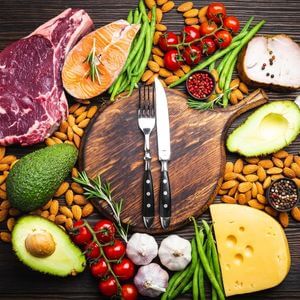 The Gaps Diet is a specialized nutritional approach based on the principles of the Gut and Psychology Syndrome (GAPS) created by Dr. Natasha Campbell-McBride.
The Gaps Diet is a specialized nutritional approach based on the principles of the Gut and Psychology Syndrome (GAPS) created by Dr. Natasha Campbell-McBride.
GAPS is the abbreviation for Gut and Psychology syndrome. Dr. Natasha Campbel-Mcbride stated in her book Gut and Psychology Syndrome that “children with GAP Syndrome often fall into the gap- the gap in our medical knowledge”.
To fill this gap, Dr. Natasha created a nutritional treatment approach that helps those that fall into the GAPS category.
Many of the GAPS category children and adults will have severe digestive issues ranging from constipation, bloating, colic, diarrhea, malnourishment, and feeding issues, as well as many other symptoms.
This nutritional approach focuses on healing and sealing the gut lining in which helps to heal certain physical and psychological disorders.
The diet focuses on nourishing foods such as bone broths, fermented vegetables, and organic meats.
Kids with autism, ADHD, ADD, allergies, eczema, and many other conditions can benefit from following this diet because it eliminates many of the foods that are known to contribute to these conditions.
Eliminating processed foods and incorporating nutrient-dense meals is integral for successful results.
This diet places importance on avoiding processed food items such as:
Commercial dairy, gluten, sugar, grains, and other food which can be hard to digest.
Also, eating organic foods when possible is recommended since these foods are free of pesticides and hormones that can cause health issues.
Furthermore incorporating natural probiotics such as yogurt and fermented cabbage, kimchi or other homemade sauerkraut will help restore intestinal flora which helps to heal digestive issues along with providing an array of health benefits for those suffering from GAPS syndrome.
Benefits of the Gaps Diet for Kids with Autism or Other Special Needs
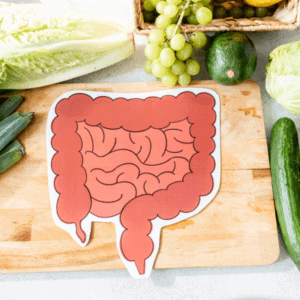 The Gaps Diet has been found to have many benefits for children with Autism and other special needs.
The Gaps Diet has been found to have many benefits for children with Autism and other special needs.
It is an effective approach to dietary management and may help improve quality of life by reducing physical issues, improving behavior, supporting a balanced gut microbiome, increasing nutrient absorption, and aiding in the detoxification process.
The Gaps Diet focuses on providing nutrient-rich foods such as proteins and healthy fats while avoiding certain foods that can trigger or exaggerate symptoms.
Furthermore, its focus on gut health may provide a much-needed foundation for the success of many other therapies children are taking part in.
By understanding proper Gaps in diet principles alongside nutritional therapies, parents of children with special needs can find solutions that work best for their families.
Disclosure: There are affiliate links in this post. If you click the link and buy something, I might get a commission at no additional cost to you! This is what keeps this blog running so consider using these links if you decide to try any of my recommendations.
Foods to Avoid on the Gaps Diet
Eating a healthy diet is essential for developing children and the Gaps in Diet plays an important role. 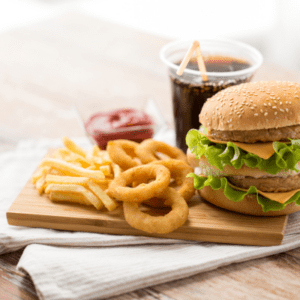
Foods to avoid on the Gaps Diet include:
- All grains and anything that is made from (examples would be -rye, wheat, rice, oats, corn, maize, sorghum, barley, buckwheat, millet, spelled, triticale, bulgar, tapioca, and more)
- All starchy vegetables and anything made of them (examples would be potato, yams, sweet potato, parsnip, cassava, arrowroot, and taro)
- Sugar and anything foods containing sugar
- Starchy beans and peas (examples would be soybeans, garbanzo beans, and chickpeas)
For a full list and explanation refer to the book Gut and Psychology Syndrome.
Eating natural and nutrient-dense whole food is beneficial for children who require a specialized nutrition plan. Careful implementation of the Gaps diet is key to long-term success.
Gaps Diet Food List
The Gaps Diet recommends eating nutrient-dense whole foods that are rich in protein, healthy fats, and carbohydrates.
What’s more important is knowing which foods may be beneficial for managing certain conditions.
- high-quality meats and fish
- high-quality eggs
- high-quality fats and oils
- non-starchy fresh vegetables
- all fruit including berries
- nuts and seeds
- beans and pulses
- Salt in its natural state (ex. sea salt)
- honey
- freshly pressed juice and meat/fish stock for beverages
For a full list and explanation refer to the book Gut and Psychology Syndrome.
Consulting with a GAPS practitioner knowledgeable in the Gaps Diet is essential to ensure that you get the best results from this nutritional plan.
Does Gaps Diet Works
Yes, many other parents of children with autism, allergies, ADHD, ADD, eczema, and other conditions, and I have found great benefits after implementing the GAPS diet.
While there is some research to suggest that the Gaps Diet may help to alleviate these conditions, it’s important to remember that results vary from person to person.
Many practitioners who are experienced in nutrition and Gaps recommend keeping a diary or journal of your successes and failures with the diet.
This way you can track what does (and does not) improve your condition.
Overall, the Gaps Diet is an excellent tool for promoting overall health and well-being, but it should be used as part of a comprehensive plan along with other lifestyle changes.
Gaps Diet Recipes
Gaps Diet recipes focus on nutrient-dense and whole foods to keep the body nourished.
Some of the most popular recipes include in the GAPS diet book:
- sauerkraut, and other lacto-fermented vegetables
- Casseroles
- Puddings
- Fermented vegetables
- Fermented dairy yogurt/Kefir
- Desserts
- Broths
These are just some examples of Gaps Diet recipes that can be tweaked for individual needs.
Gaps Diet Book
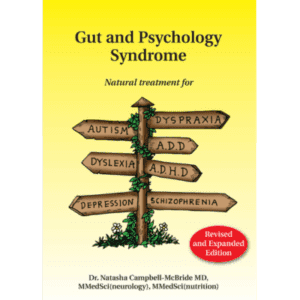 The Gaps Diet is a revolutionary nutritional protocol designed to help improve digestive health.
The Gaps Diet is a revolutionary nutritional protocol designed to help improve digestive health.
There are several resources out there available to help you if you are getting ready to implement the GAPS diet.
The Gut and Psychology Syndrome book by Dr. Natasha Campbell-McBride MD is going to be the book you need to read prior to starting the diet.
Dr. Natasha has also recently released an updated book in 2020 that expands even more on the Gut and Psychology Syndrome.
GAPS, Stage by Stage with Recipes by Becky Plottner is going to be your go-to resource for recipes that are compliant with the diet.
This book has delicious and nutritious recipes ranging from breakfast dishes to desserts that will help support you while on this nutritional protocol.
Additionally, there are several online communities where users can find discussion forums, tips, and advice.
The Gaps.me is a great resource for learning more about the diet and connecting with others. You can also check out Becky Plotner’s blog over at Nourishing Plot for more GAPS-related information and recipes.
Overall, there are many resources out there to help you succeed in your journey toward optimal gut health and improved overall health.
Tips & Tricks to Make Sticking to the Gap Diet Easier for Beginners
 Are you a beginner to the Gaps Diet and looking for some helpful tips & tricks to make it easier?
Are you a beginner to the Gaps Diet and looking for some helpful tips & tricks to make it easier?
It can be overwhelming trying to learn what you can eat if you will need special equipment, and how much time you need to dedicate to meal planning for the diet.
Several Tips & Tricks can help make the Gap Diet transition go smoother:
- meal prepping, creating a shopping list before each grocery trip, and familiarizing yourself with what foods are allowed on the diet and which must be avoided altogether.
- Also, look out for Gaps Diet-friendly recipes online that appeal to your tastes so you never get bored eating.
- Create a daily food diary or journal to keep track of progress
- Finally, be sure to consult with a GAPS practitioner if you need to discuss any concerns before beginning this diet program.
It’s important to find a diet that works for you and your lifestyle and GAPS might be the perfect fit.
Following these Tips & Tricks will not only help make your Gaps journey easier but also more enjoyable!
In conclusion, the Gaps Diet can be an effective dietary plan and lifestyle approach for people with autism or other special needs.
With its focus on nutrient-dense, gut-healing foods and the avoidance of certain processed items and foods that are hard to digest, this way of eating may help those with autism symptoms by promoting healthy digestion and improving nutrient intake.
It is important to remember that food is one piece of the puzzle in caring for children with autism or other developmental delays; other therapies and approaches will provide additional benefits.
If you’re considering trying out the Gaps diet for your child, it’s essential to spend time preparing before you start so that you will be less stressed.
Additionally, resources such as cookbooks, blog articles, and support groups may be beneficial when beginning a Gaps Diet for kids.
Are you looking for effective resources to support your child’s GAPS diet? Discover our collection of FULL GAPS diet lunch ideas for kids! Explore simple meal plans, helpful bonuses, and practical gut-healing tips for families. Empower your child with delicious, gut-friendly meals that make healthy eating enjoyable for the whole family. Start your journey to improved gut health today!
Additional Resources:
- Autism: Steps to improve your child’s diet
- Autism Detox: 10 Natural Detox for Kids
- Putting your toddler on a gluten-free diet
- Check This Out For More Support and Resources

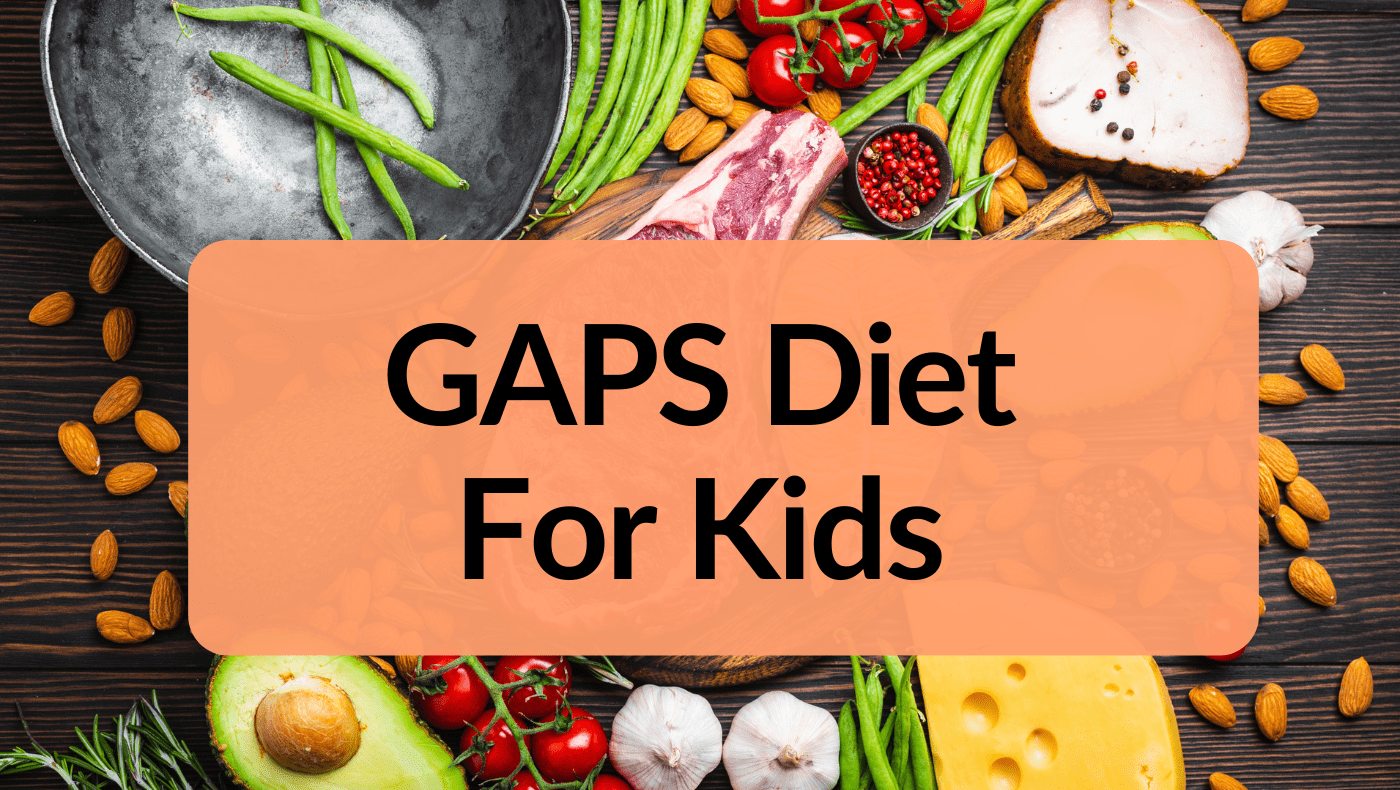



0 Comments